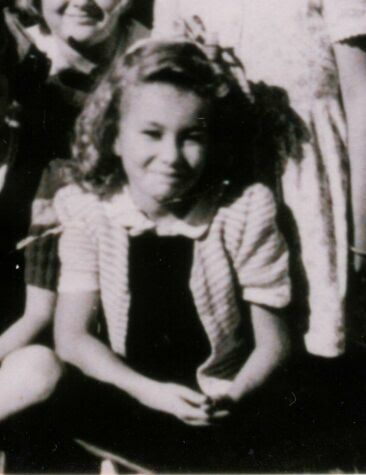
The snake's tree, taken 23rd January, 2007
The low and brighter green bush is Acacia paradoxa.

 This second photo was taken in July 2005, that is, in the winter after I saw the snake.
This second photo was taken in July 2005, that is, in the winter after I saw the snake.
 This was one day when I wished for a video! I bobbed around bushes for 5 minutes or so, trying for a clear view of the youngster. We were each, equally awkward.
This was one day when I wished for a video! I bobbed around bushes for 5 minutes or so, trying for a clear view of the youngster. We were each, equally awkward. 
 I have found these flowers and buds underneath it in winter ... perhaps they will be clear enough for someone who knows what they are looking at, to have a guess?
I have found these flowers and buds underneath it in winter ... perhaps they will be clear enough for someone who knows what they are looking at, to have a guess? ... some months ago.
... some months ago.


 ... or this.
... or this.
 Walking the creek and spotting feathers of one sort or another is another neat "distraction" from the main interests (water, rocks, reflections ... insects, oh and yes, birds :))
Walking the creek and spotting feathers of one sort or another is another neat "distraction" from the main interests (water, rocks, reflections ... insects, oh and yes, birds :)) Now I just have to learn to get closer to them, so that they are more than tiny dots of colour against the sky or foliage.
Now I just have to learn to get closer to them, so that they are more than tiny dots of colour against the sky or foliage.  and no, I don't know how I did this ... there were two in the picture last time I looked.
and no, I don't know how I did this ... there were two in the picture last time I looked. 
 For now, that tree is "Dori's Tree", remembering the fun of trying to sit up on it for a photograph together that first time, _without_ falling backwards into the creek :)
For now, that tree is "Dori's Tree", remembering the fun of trying to sit up on it for a photograph together that first time, _without_ falling backwards into the creek :)
